Flats to reduce Byo housing backlog
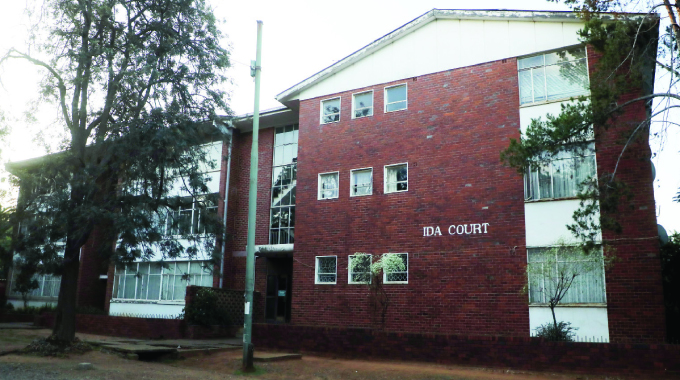
Nqobile Bhebhe, Senior Business Reporter
GROWING up in a residential flat as opposed to a stand-alone housing unit has largely been confined to a few western suburbs in Bulawayo.
Several rented apartments owned by the local authority and private companies are dotted within the central business district.
That could soon change in the western suburbs.
Bulawayo City Council says besides traditionally providing for flat sites in all layout plans for residential areas, it has set aside and continues to search for several pockets of land for residential flats.
Some suburbs that have already been developed and have flats sites include Emganwini township, Cowdray Park, Mabuthweni, and Mahatshula.
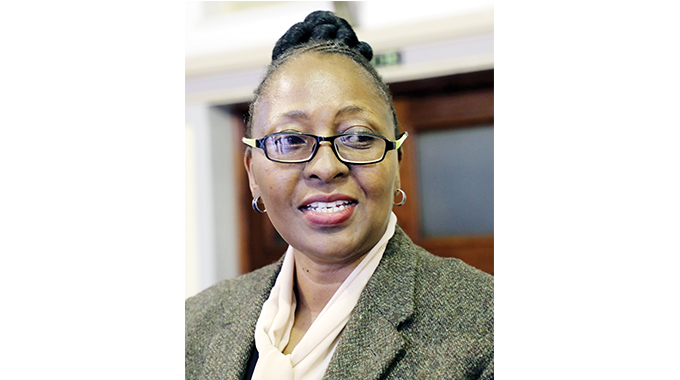
Mrs Nesisa Mpofu
Land measuring 1,6 hectares in Emganwini suburb has been earmarked for residential flats.
According to the project background, the local authority said due to the increasing housing backlog in the city, which now stands at 130 000, it invited companies to submit proposals for the development of residential flats.
The expression of interest requests closed on September 28, 2021 with five bids having been received.
Techno Expert Construction (Pvt) Ltd, Reign of Fire Investments (Pvt) Ltd, Masimba Holdings (Pvt) Ltd, Exodus and Company (Pvt) Ltd and Mambo Incorporated (Pvt) Ltd submitted bids.
After due process by the Evaluation Committee on 19 January 2022, Mambo Incorporated Private Limited emerged as the preferred firm for the project.
According to the same report, an official with the Town Planning department said “a number of residential flats sites had been established and an Expression of Interest advertisement would be published.”
He highlighted that the previous advertisement of the Expression of Interest of Stand 2977 Emganwini had very few responsive companies.
“The previous advertised sites had been allocated to various companies.
Most of the sites had not been developed. 40% of the approved layouts were residential flat sites.”
In November 2020, Cabinet adopted the Zimbabwe National Human Settlements Policy (ZNHSP) which will address the housing and social amenities backlog while reducing the rural and urban divide.
Among other issues, it aims to build 225 000 housing units by 2025. The country’s national housing backlog stands at about 1,2 million.

President Mnangagwa
Speaking at the launch of the Zimbabwe National Human Settlements Policy (ZNHSP) and the commissioning of the Marimba Flats project in Harare in September last year, President Mnangagwa said the policy captures the Government’s preference for the development of flats as opposed to stand-alone units.
“Vertical construction reduces the scourge of urban sprawl and maximises on the effective use of the land available for urban expansion as densification significantly reduces the cost of providing on-site and off-site infrastructure,” said President Mnangagwa.
The policy is in line with Vision 2030 and also dovetails with other regional and international development policies.
It integrates implications of climate change with aspects of rural and urban settlement planning, development, and management.
With the council pursuing the residential flats route to reduce the housing backlog, Bulawayo Progressive Residents’ Association chairman Mr Ambrose Sibindi welcomed the idea saying globally, flats are now preferred over conventional houses.
“This is a global trend, it has proved that a small portion of land where flats are built accommodates a lot of people as opposed to conventional houses.
“Because of a growing population and that land is a scarce commodity, I think the idea is good.”
However, while the idea is noble, Mr Sibindi said, to guard against residents resisting the implementation of the concept, it was imperative for the local authority to thoroughly consult residents.
“People tend to oppose a good idea simply because they were not consulted. So we urge the local authority to consult residents before implementing,”.
However, the council is confident that residents will embrace the concept of residential flats.
Council Corporate Communications Manager, Mrs Nesisa Mpofu said with the housing waiting list at 130 000, the development of high-rise buildings will help alleviate challenges of accommodation and address the rising demand for housing.
She said, residents “would be eager” to embrace the concept.
“The residents of the City of Bulawayo would be eager for solutions that bring a solution to housing and accommodation challenges.
This is the direction that we are taking as a City towards the attainment of vision 2030,” said Mrs Mpofu.
She said the local authority has always provided for flat sites in all layout plans for residential areas.
“It should be noted that the Government’s settlement policy in fulfilment of the National Development Strategy 1 provides that 40 percent of the land within new layouts be set aside for High Rise Building (Flat) development in line with the Government’s strategy of densification.
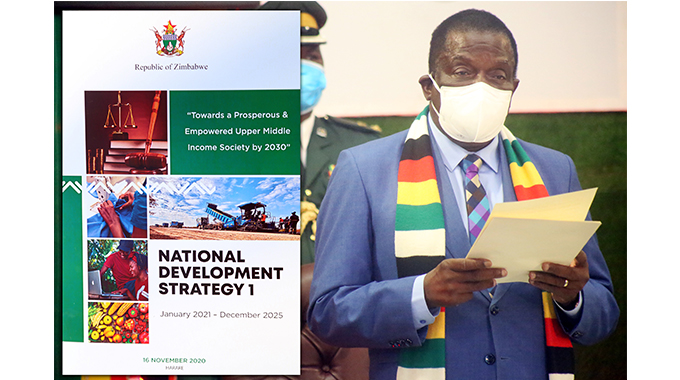
National Development Strategy 1
“Layout plans that are submitted to the Ministry of Local Government for approval should comply with this.
Prior to the adoption of the settlement policy, Council has always provided for flat sites in all layout plans for residential areas,” she said.
Layouts that have been prepared to provide for 40 percent flat sites in line with settlement policy include the Norwood tracks phase which has been approved by the Ministry of Local Government, Killarney East layout is with the ministry for approval and Umvimila integrated layout.
Council said the number of flat units that can be accommodated on any particular site is determined at the design stage when the building plans and internal infrastructure designs are being done.
This will also be dependent on the size of each unit and the number of floors in the particular development.
With the population increasing in the city placing high demand for accommodation, there is a growing trend of several families sharing a three-roomed house.
In the recent past, there has been an emergence of makeshift verandas extended on front of the single rooms in order to create more space as rooms for accommodation.
This poses various health risks due to overcrowding and insufficient ventilation. @nqobilebhebhe

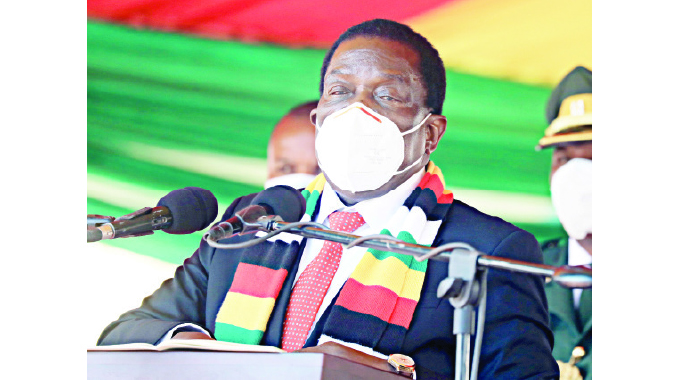
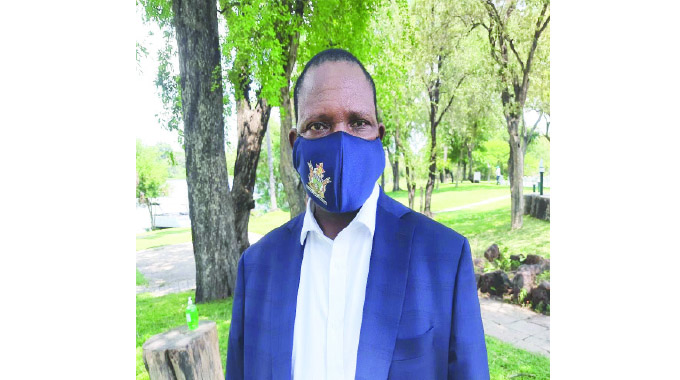






Comments